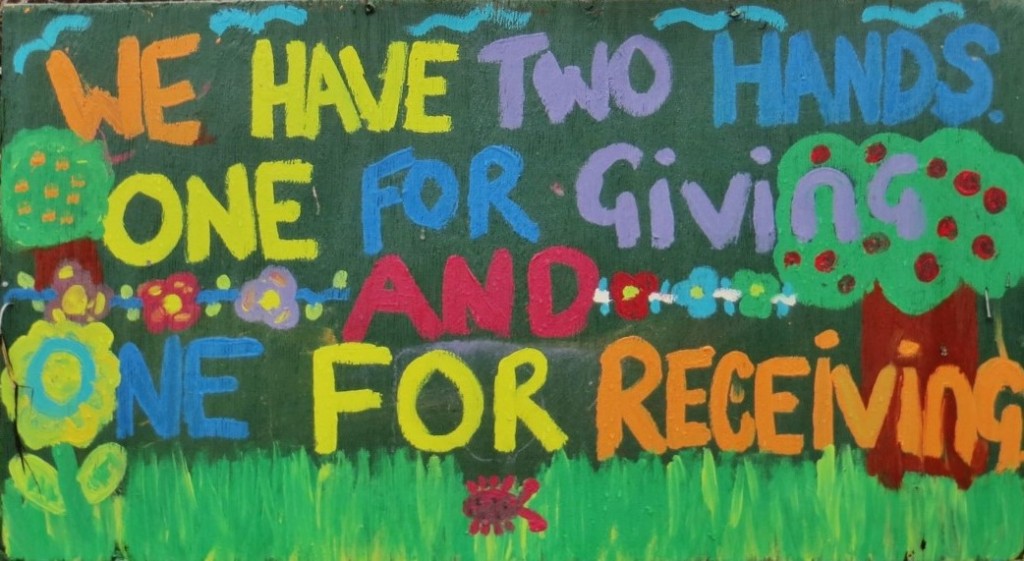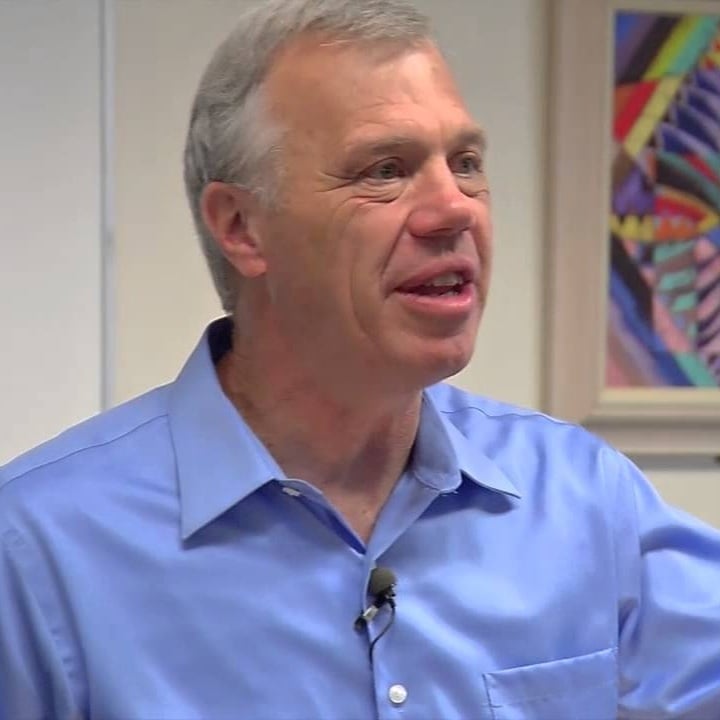
Recently, I was invited to speak at a conference of not-for-profit organizations on the topic of “How to Recruit More Volunteers.” The conference organizers must have been distressed when I began my remarks by asserting: “What we need is fewer volunteers and more community.” I went on to explain what I see as the difference.
Volunteers are well-intentioned individuals who take time from their daily routine in order to be of service. Community, on the other hand, isn’t a departure from routine. It’s a way of life focused on the common good. A valued community member might welcome strangers, join a time bank, host a block party, shop locally, raise responsible children, carpool to work, plant street trees, coach a youth soccer team, vote, advocate for the homeless, be a buddy to a housebound neighbor, and graciously accept a gift of zucchini from another neighbor’s garden. Few people have the time to engage in so many community activities and everyone’s menu of activities will look different, but whether at work, home, in their neighborhood or the larger world, all people have the opportunity to be welcoming, generous in giving and open to receiving, and act as if their welfare is tied to everyone else’s. That’s what it means to be in community.
Volunteering tends to be a one-way relationship in which someone is providing services to clients. Those clients are labelled by what they are missing – poor, unemployed, uneducated, homeless, single parent, non-English speaking, at-risk, disabled, etc. With service delivery, there are two classes of people – the volunteers with the gifts and the clients with the needs. In community, we recognize that everyone has both needs and gifts. Community is all about mutual support – meeting one another’s needs with one another’s gifts.
Volunteers often provide services that offer some relief for problems but don’t address the underlying causes. Such was the case with the Ontario Church Ladies who had been volunteering in their local food bank for decades only to see the lines grow ever longer. They finally called a press conference to announce that they were going on strike. Rather than volunteering in the food bank, they were going to join with fellow community members in advocating for social justice.
Ironically, the not-for-profits and other agencies in which people volunteer are inadvertently contributing to the breakdown of the very communities that they claim to support. Agencies are organized into silos defined by each one’s own narrow mission. There are separate silos for the young, old, disabled, refugees, and all sorts of other categories and subcategories of clients. Each client group is assigned its own facilities, programs and services. This way of organizing people is antithetical to community. Consequently, volunteers are often being of more service to agencies than they are to the community.
Likewise, the top-down nature of agencies is not conducive to community. People volunteer in programs and services designed and managed by professional staff. These staff have an important role to play, but they are no substitute for community. Communities have their own unique and more holistic ways of caring for one another and the planet, promoting health and happiness, preventing crime, responding to disaster, creating great places, strengthening democracy, and advancing social justice. The more people are involved as community members, the less need there will be for volunteers.
Of course, some volunteers will always be necessary and, in my talk, I did go on to describe ways in which not-for-profit organizations could attract and retain more of them. That includes the common techniques of outreach and volunteer recognition, but the most powerful methods are those that adopt the practices of community – cultivate and build on relationships; identify and utilize everyone’s skills, passions and knowledge; work collaboratively with other agencies in focusing on whole places rather than separate functions; and give people a sense of ownership by empowering them to determine their own priorities and plan or co-design their own responses. When agencies do this, volunteers and clients are transformed into citizens and stronger communities result.





